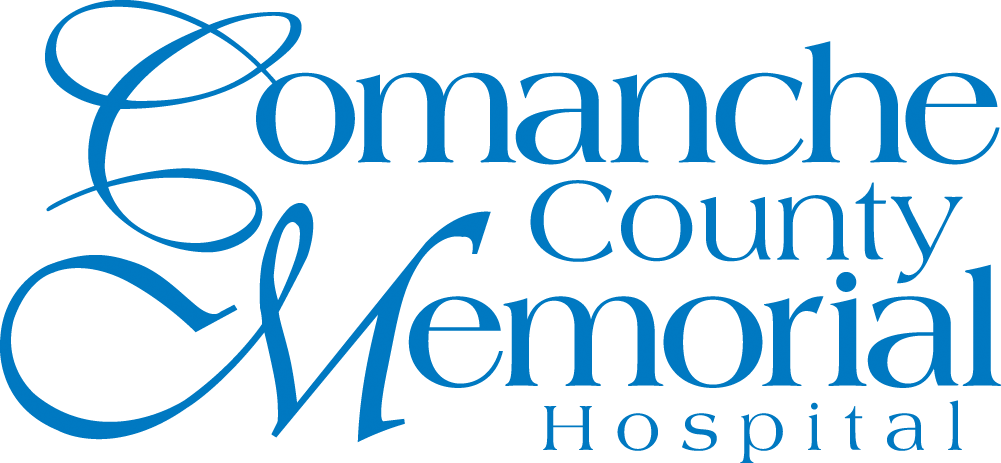August 1-7 is World Breastfeeding Week! A common concern many moms have is flying with breast milk either due to exclusively pumping or not having their child with them. Flying with breast milk for the first time can be nerve wracking. How much can you bring? What can you do to ensure your milk is allowed to pass security checkpoints? Before you travel this summer, take a look at this list of things to things to know about flying with breast milk to ensure you are able to fly without any added stress.
Know what you are allowed to carry
The Transportation Security Administration (TSA) states that you may pass the security checkpoint with formula, breast milk and juice for infants or toddlers ”in reasonable quantities.” You do not have to ensure that your milk fits into quart sized bags or meets the 3 oz rule that applies to other liquids. Remove these items from your carry-on bag so the agent may screen them separately from the rest of your belongings.
A breast pump is a medical device and therefore does not count as your carryon luggage. The cooler you bring to store your milk in however, does count if carried separately from your other carryon luggage. Many times little attention is given to how many bags a passenger is actually bringing onto the plane, but be prepared to explain why you have an extra carryon item when carrying a pump if needed.
You may also bring gel or liquid-filled teethers and canned and processed baby food in carry-on luggage. Additional screening may occur with these items.
How TSA screens breast milk
When going through security, always declare your breast milk. Kindly ask the TSA agent to change into clean gloves before he inspects your milk. TSA typically screens breast milk by x-ray. The Food and Drug Administration (FDA) reports that there are no known adverse effects from consuming items screened by x-ray. 1
If your milk is frozen solid, the TSA agents will not perform special tests. If thawed, the TSA officers may ask you to open the container and even transfer a small quantity of the liquid to a separate empty container for visual inspection. Kindly request that the TSA agent put on clean gloves before touching your cooler. If the agent conducts a test, he or she wipes the bottle with a piece of paper and puts the paper in a machine that tests for explosives.
How to store your milk
To store your milk, you need a water-tight cooler with plenty of ice packs. If you can do without bottles, breast milk storage bags will pack easier and lighter than bottles. After security, consider sealing your cooler with duct tape to keep it cool and prevent leaking.
If booking lodging, try to find a hotel that has rooms with a refrigerator/ freezer. If you do not have a freezer in your room, or it doesn’t cool enough to freeze your milk, ask to keep your breast milk cooler in the hotel freezer.
Pumping while traveling
Many airports offer a breastfeeding lounge or baby care area. If one is not available, search for a family restroom with an outlet.
For your convenience, it is possible to mail/ship breast milk. This can be helpful if you are gone for an extended period and need to send milk home for your baby. However, shipping breast milk is costly. There are services that ship breast milk exclusively or you can ship via services such as FedEx. In order to do this, you must purchase dry ice, a styrofoam cooler, and a box for shipping.
Dry ice is cold enough that it can make plastic breast milk storage bags or bottles brittle and break. To prevent this, seal your breast milk bottles in zip-lock bags and pad them with crumpled up newspaper inside your cooler.
The US Postal Service does not permit dry ice in the mail. You can however ship milk with regular ice packs overnight. This is much cheaper but of course has the added risk of milk thawing en route.
For international travel, contact the consulate of your destination country to determine their individual shipping regulations.
Comanche County Memorial Hospital is proud to be recognized as a Baby Friendly Hospital by the World Health Organization (WHO) and the United Nations Children’s Fund (UNICEF).
Do you have questions about breastfeeding? For travel questions, always check the latest TSA guidelines. For general questions, our Infant Feeding Resource Center would love to meet with you and discuss any breastfeeding concerns you may have.
Resource
1 U.S. Food & Drug Administration. Frequently Asked Questions on Cabinet X-ray Systems. 9 March. 2018.
Disclaimer
The Comanche County Memorial Hospital website does not provide specific medical advice for individual cases. Comanche County Memorial Hospital does not endorse any medical or professional services obtained through information provided on this site, articles on the site or any links on this site.
Use of the information obtained by the Comanche County Memorial Hospital website does not replace medical advice given by a qualified medical provider to meet the medical needs of our readers or others.
While content is frequently updated, medical information changes quickly. Information may be out of date, and/or contain inaccuracies or typographical errors. For questions or concerns, please contact us at contact@ccmhhealth.com.

